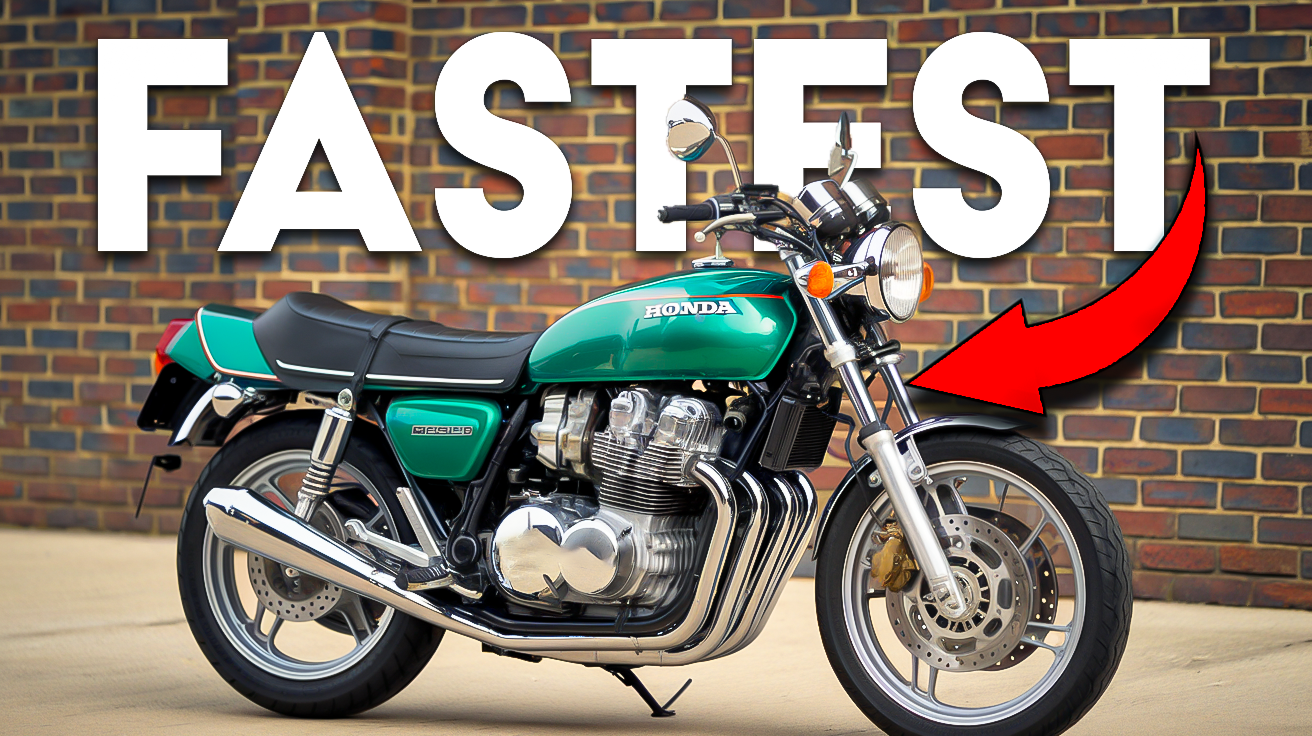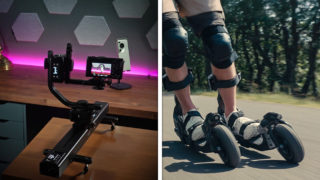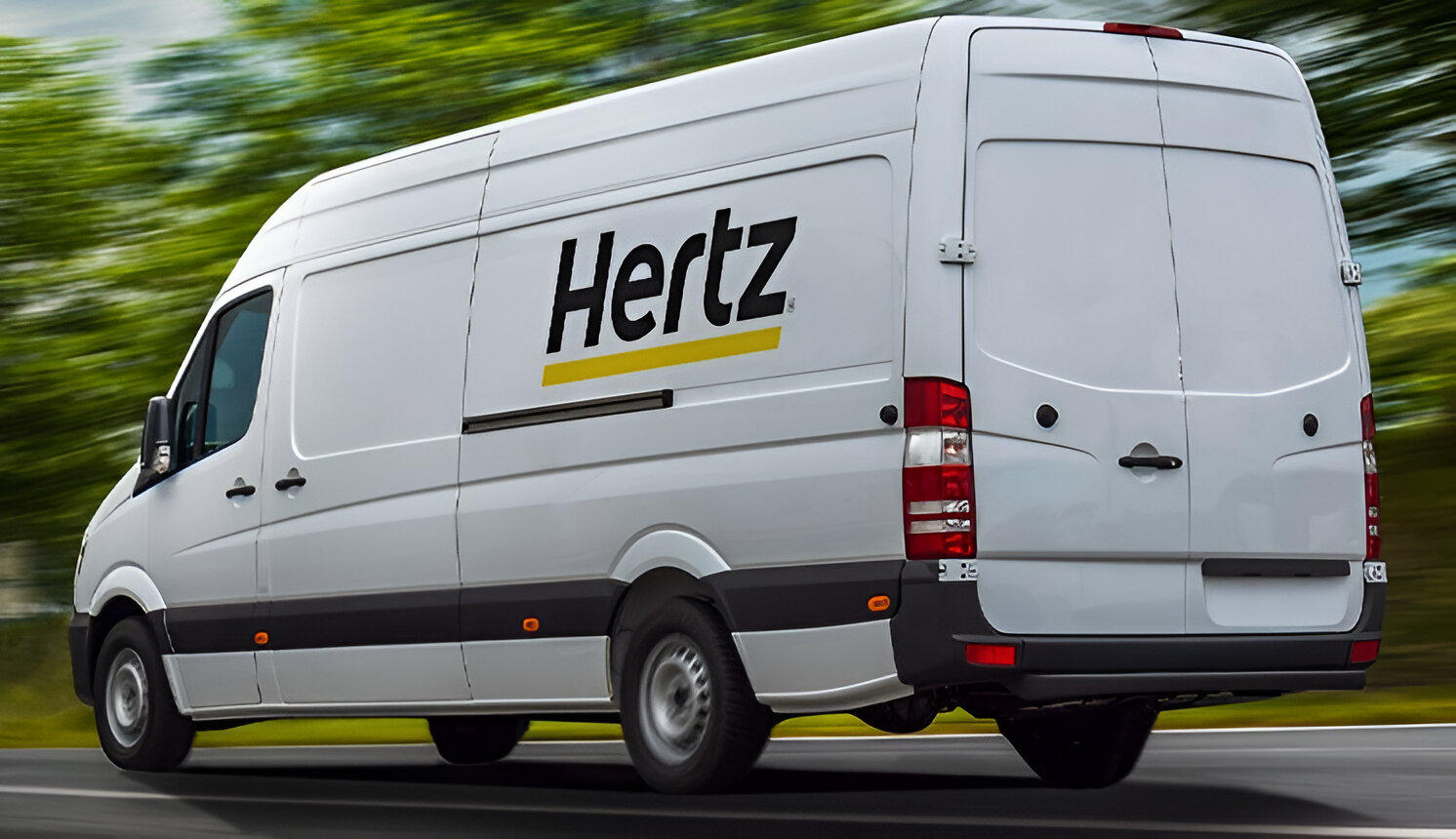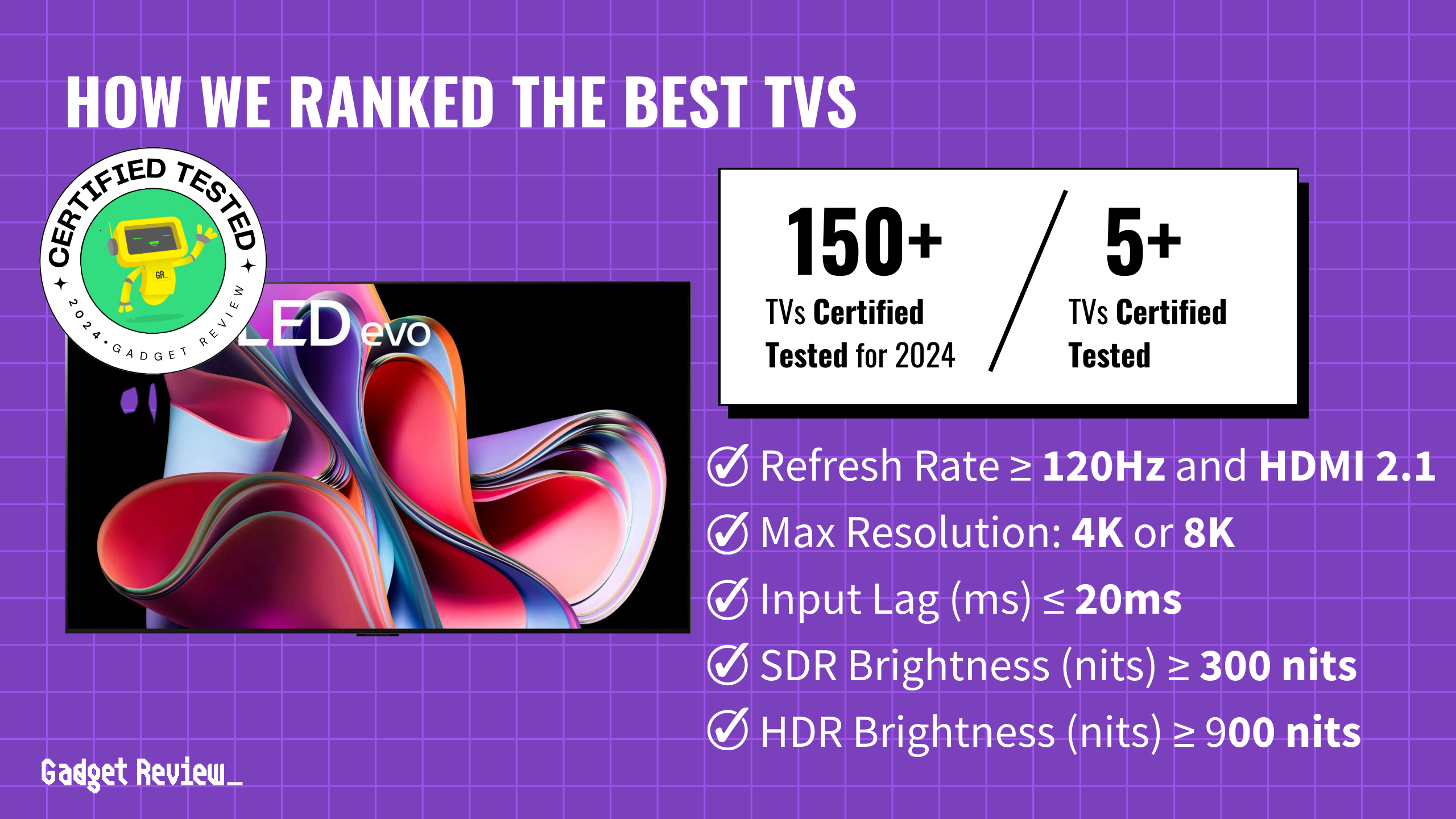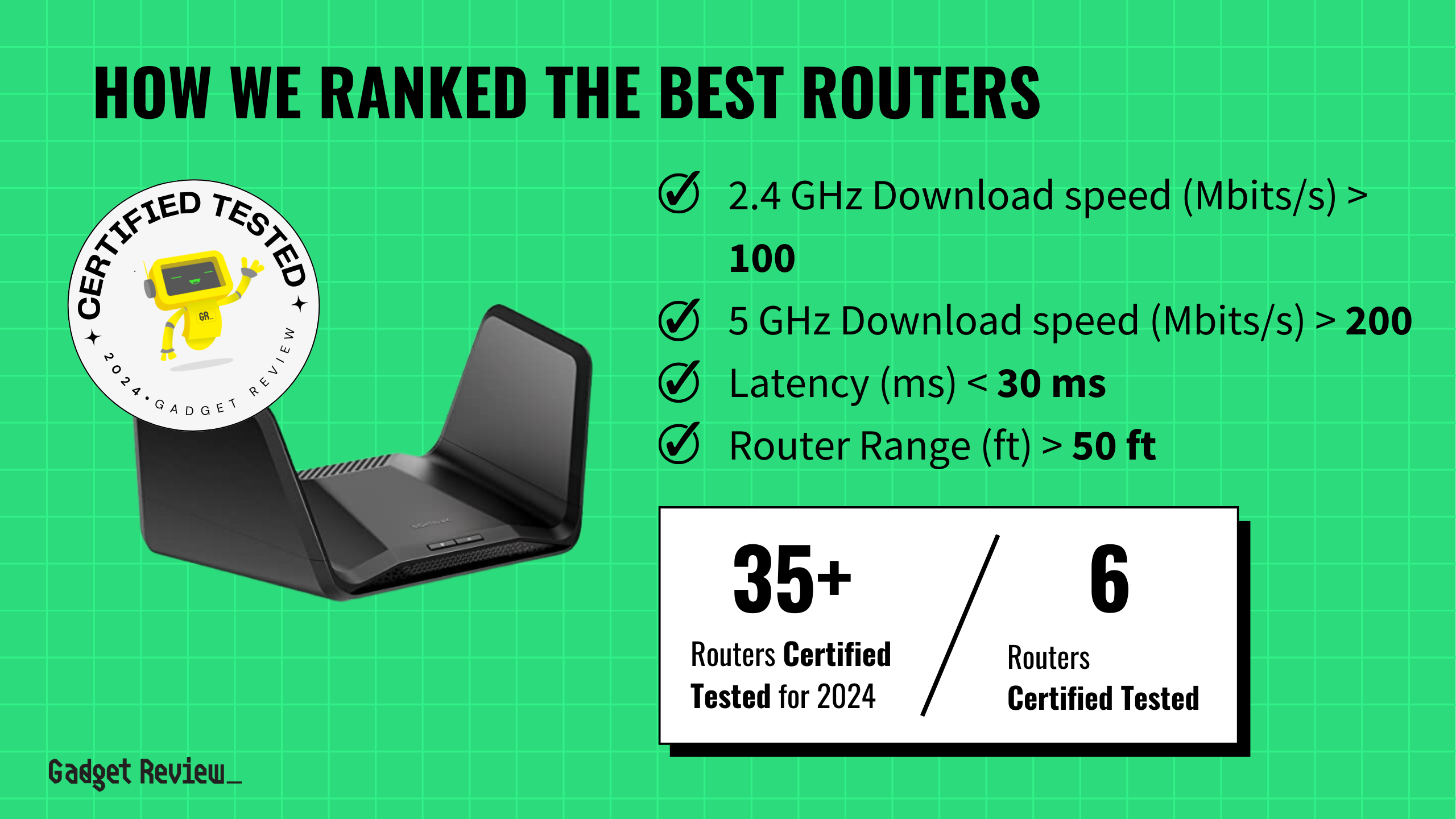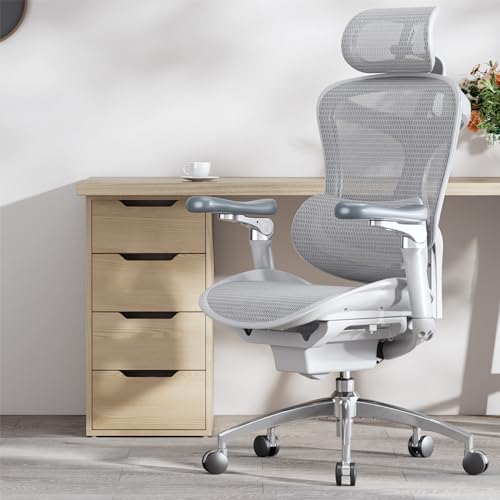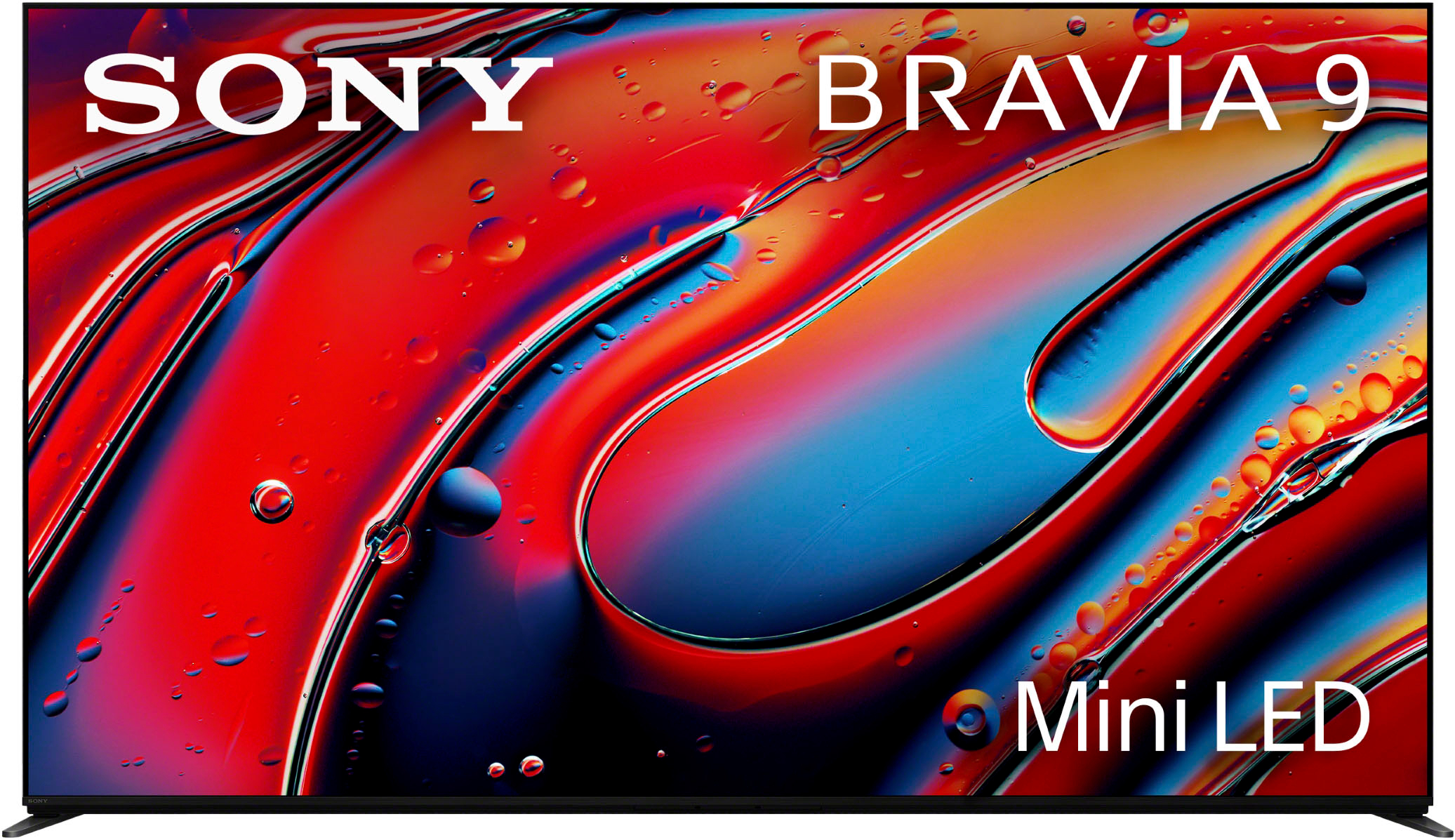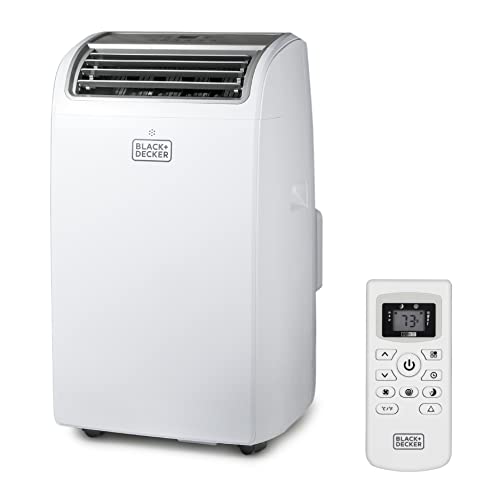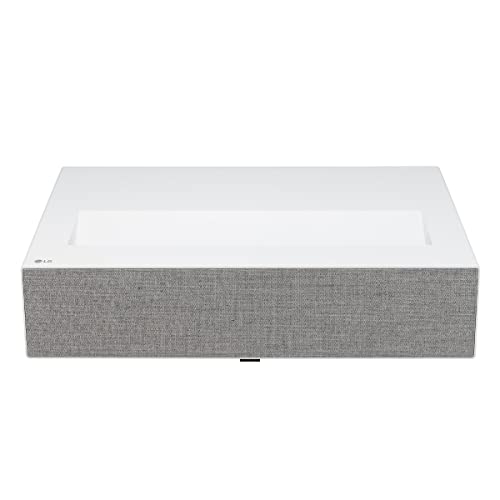The most powerful motorcycle of 1979 made more horsepower than many family cars. Kawasaki’s KZ1300 unleashed 120 horses through its liquid-cooled six-cylinder engine. This engineering masterpiece carried enough fuel to cruise at triple-digit speeds for hours. Other manufacturers scrambled to catch up with their own advanced designs. Engineering teams pushed past conventional limits to create machines that defined an era.
From this pinnacle of power, let’s count down through the twenty most remarkable high-performance motorcycles that the 1970s gave us.
20. 1972 Harley-Davidson XLH Sportster 1000

You could hear a Sportster coming long before you saw it – that’s how distinctive the 1972 XLH’s rumble was. The 1,000cc engine delivered power that made even experienced riders grin behind their windshields. Through innovative engineering, Harley-Davidson created a machine that balanced raw excitement with remarkable rideability. Ask any owner from that era – they’ll tell you about the mechanical simplicity that made weekend tinkering a joy rather than a chore. This performance milestone established the Sportster as Harley-Davidson’s fastest production motorcycle to date, influencing sport-cruiser design for the next three decades. The XLH’s quarter-mile time of 13.3 seconds and top speed of 108 mph shattered expectations for American V-twins, establishing performance credentials that even European competitors couldn’t ignore.
19. 1976 Honda CB750F Super Sport

If you thought the original CB750 was impressive, the Super Sport variant would have blown your leather boots off. The 77 horsepower engine screamed to 9,000 rpm, thanks to higher compression ratios and improved breathing. Racing-inspired features included a sleeker tank design and rear-set footpegs for enhanced cornering clearance. The distinctive four-into-one exhaust system reduced weight by 11 pounds while producing a sound that made every tunnel ride an event to remember. The Super Sport’s innovations directly influenced every Japanese superbike that followed, creating the blueprint for modern sport motorcycle design.
18. 1973 Triumph X75 Hurricane

Limited to just 1,200 units worldwide, the X75 Hurricane emerged as Britain’s answer to the question nobody asked but everybody loved: “What if we let an American stylist go wild?” Craig Vetter transformed the Triumph Triple into a striking custom creation, complete with a distinctive three-into-three exhaust system. The 740cc engine produced 58 horsepower, but nobody bought a Hurricane for the specs sheet – they bought it because it looked like nothing else on two wheels. Despite its radical styling, the Hurricane delivered serious performance with 0-60 mph in 4.9 seconds and a maximum speed of 115 mph. Period testing recorded 13.1-second quarter-mile times.
17. 1973 Kawasaki H2 Mach IV 750

If you’ve ever wondered why they called it the “Widowmaker,” just grab a handful of throttle and hold on tight. The 748cc two-stroke triple delivered 74 horsepower with all the subtlety of a sledgehammer. Street racers quickly learned to respect – and sometimes fear – its explosive power delivery. The infamous “Widowmaker” earned its nickname with 0-60 mph times of 3.9 seconds – faster than any production vehicle of its era. Quarter-mile runs blazed through in 12.0 seconds, while the 120 mph top speed came with a white-knuckle intensity that demanded respect.The H2’s legendary status as the last of the unrestricted superbike triples marked the end of an era in motorcycle performance. For those who would also appreciate not having to fill up gas everytime they want to use their motorcycle, here are 15 electric motorcycles under $10,000 with impressive performance.
16. 1971 Moto Guzzi V7 Sport
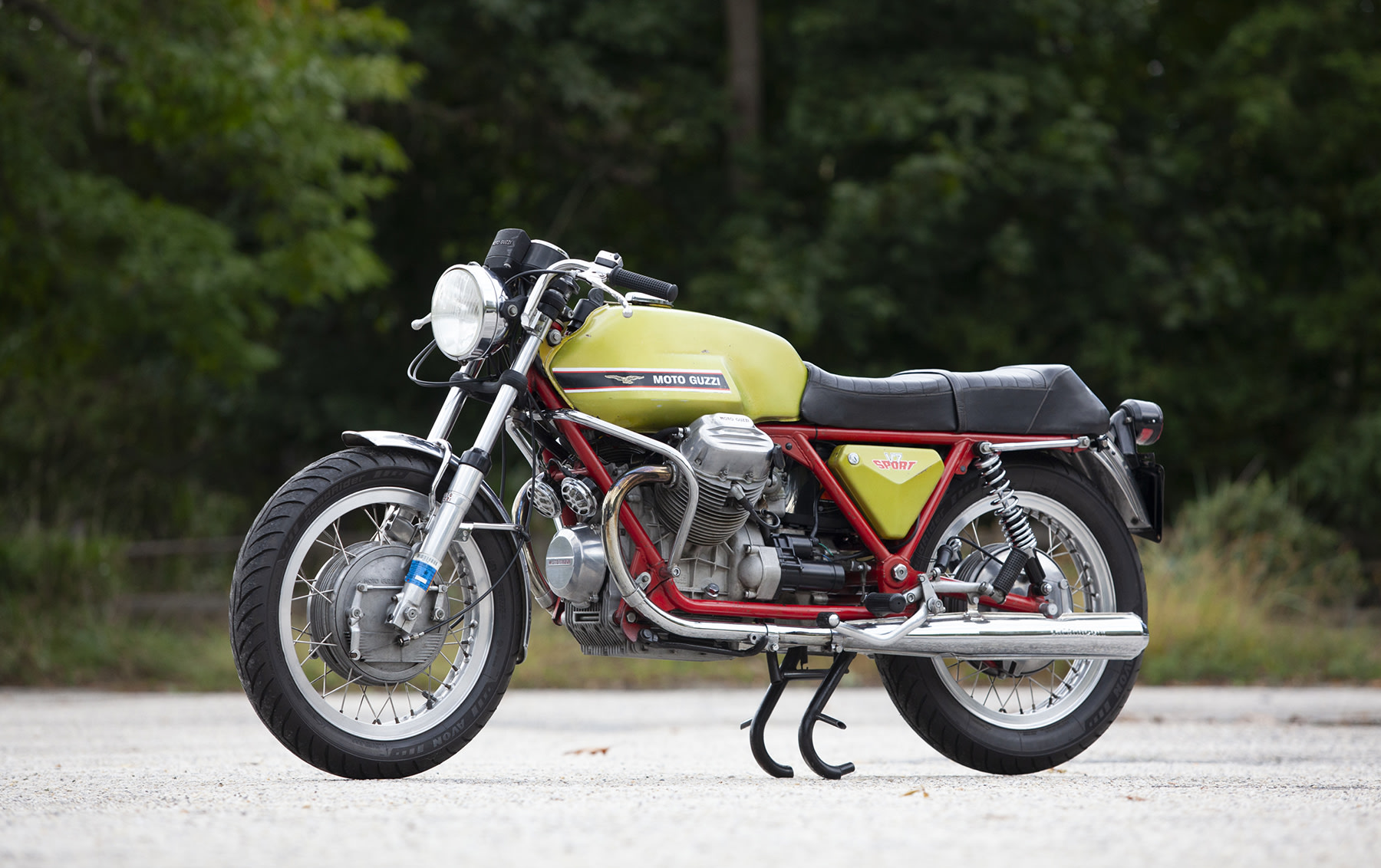
The V7 Sport proved that Italians could build a motorcycle as reliable as it was beautiful. Beneath the sculptured tank, the 757cc engine produced a dependable 71 horsepower. Italian engineering delivered 0-60 mph in 5.2 seconds and a quarter-mile time of 13.5 seconds. The V7 Sport’s true prowess showed in its sustained speed of 125 mph, achieved with characteristic stability that made high-speed touring a pleasure rather than an adventure.When other bikes left you stranded, the V7 Sport kept running – a testament to its thoughtful engineering. First-in-class features included dual front disc brakes and a five-speed transmission. The V7 Sport’s transverse V-twin and shaft drive configuration created a template that Moto Guzzi still employs fifty years later.
15. 1975 BMW R90S

You knew you’d made it when you rolled up on an R90S – nothing else said “sophisticated speed” quite like that smoke silver paint. The 898cc boxer twin produced 67 horsepower, enabling cross-continent trips that would leave other bikes begging for mercy. The sophisticated Bavarian achieved 0-60 mph in 4.8 seconds and conquered the quarter-mile in 13.0 seconds. Most impressively, the R90S maintained 125 mph cruising speeds with mechanical serenity that redefined high-performance touring.High-speed stability benefited from the low center of gravity, while the 5.5-gallon fuel tank meant fewer stops at sketchy rural gas stations. The R90S transformed BMW’s staid reputation overnight, proving that a luxury touring manufacturer could build a world-class sports motorcycle.
14. 1976 Kawasaki KZ1000

The KZ1000 was the kind of motorcycle that made you reconsider your life insurance policy – in the best possible way. The 1,015cc inline-four delivered 83 horsepower through a bulletproof transmission that laughed at abuse. Raw power translated to 0-60 mph in 3.5 seconds and quarter-mile times of 11.9 seconds. The KZ1000’s top speed of 132 mph made it one of the fastest production motorcycles of its time, with acceleration that could humble contemporary supercars.Advanced features included a roller bearing crankshaft and twin front disc brakes that actually worked in the rain (a novel concept for the era). The KZ1000’s balance of power and reliability established the universal Japanese motorcycle concept, setting performance standards that dominated the industry through the 1980s.
13. 1973 Norton Commando 850 MK1A

Ever wonder what British engineering brilliance felt like? The Commando’s innovative Isolastic mounting system proved that vibration was optional, even with a massive parallel-twin. The 828cc engine delivered 60 horsepower with surprising smoothness – a feat that had riders checking to see if their fillings were still intact. British performance meant 0-60 mph in 4.9 seconds and quarter-mile runs of 13.5 seconds. The Commando’s 115 mph top speed came with legendary handling that made every curve an exercise in precision. ]Advanced for its time, the Isolastic system effectively eliminated vibration while maintaining the handling precision that made Nortons famous. The Commando’s ingenious solution to twin-cylinder vibration influenced motorcycle design well into the modern era.
12. 1978 Moto Guzzi LeMans 850

If you wanted to feel like a Italian racing legend, the LeMans 850 delivered that fantasy in spades. The 844cc V-twin produced 71 horsepower, channeled through a shaft drive that wouldn’t leave you stranded in the Alps. The Italian stallion delivered 0-60 mph in 4.7 seconds with a quarter-mile time of 12.8 seconds. Most impressively, the LeMans maintained a stable 130 mph through high-speed sweepers, demonstrating its racing heritage with every mile. You haven’t lived until you’ve experienced the linked braking system – a feature so ahead of its time that other manufacturers took decades to catch up. The LeMans 850 proved that race-bred technology could survive daily use, establishing new standards for sport-touring motorcycles.
11. 1975 Kawasaki Z1B
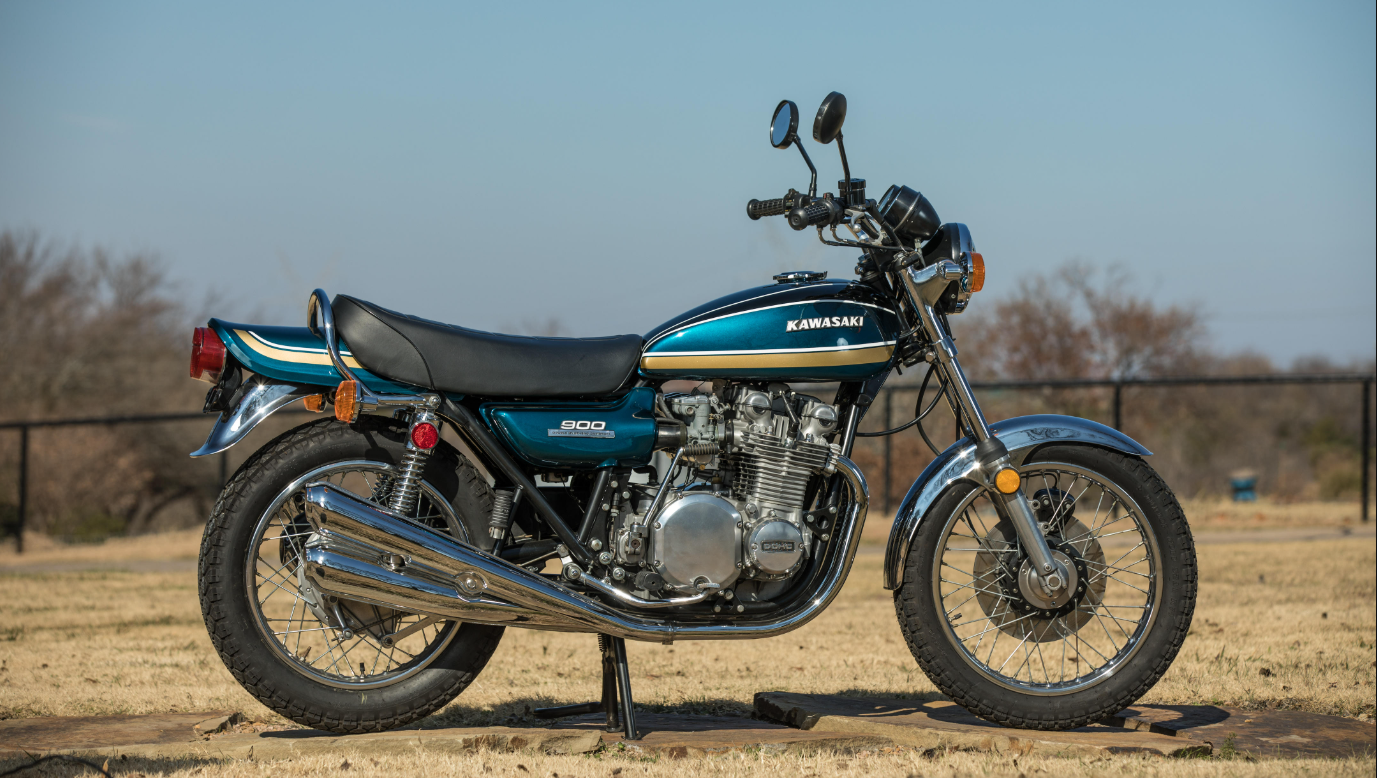
Think of the Z1B as the Z1’s smarter, more sophisticated sibling. The 903cc engine now developed 82 horsepower, thanks to engineering that made the original look like a rough draft. When you rolled on the throttle, the improved frame geometry meant you were less likely to test the flexibility of your insurance policy. Building on the Z1’s legacy, the Z1B accelerated from 0-60 mph in 3.7 seconds and demolished the quarter-mile in 12.3 seconds. Its verified top speed of 130 mph proved this wasn’t just an evolution – it was a revolution in street performance. The Z1B’s refinements created the template for the modern superbike, balancing raw power with real-world usability.
10. 1976 Kawasaki KZ900

Remember when motorcycles were simple enough to fix with basic tools and colorful language? The KZ900 represented that sweet spot between power and practicality. The proven 903cc powerplant delivered 81 horsepower while maintaining mechanical sympathy for shade-tree mechanics. Quarter-mile times consistently fell below 12.4 seconds – quick enough to humble sports cars without terrifying their riders. The KZ900’s influence extended beyond performance numbers, showing that reliability and excitement weren’t mutually exclusive.
9. 1978 Suzuki GS1000

Ever wonder what Grand Prix technology feels like without the sponsor stickers? The GS1000 brought racetrack engineering to your local roads. The 997cc engine produced 87 horsepower – enough to make your local speed enforcement officer consider a career change. Suzuki’s first superbike hit 60 mph in 3.5 seconds and ran the quarter-mile in 12.0 seconds flat. The 135 mph top speed represented a new benchmark for production motorcycles, achieved with Japanese reliability.. The GS1000 democratized performance, proving that world-class handling could come with Japanese reliability.
8. 1977 Ducati 900SS

You haven’t truly experienced Italian engineering until you’ve heard a 900SS desmodromic valve system at full song. The 864cc L-twin engine made 79 horsepower the old-fashioned way – with precision engineering and a healthy dose of mechanical symphony. The desmo valvetrain enabled 0-60 mph sprints of 4.5 seconds and quarter-mile times of 12.6 seconds. Most impressively, the 900SS achieved a verified 135 mph top speed while maintaining the handling precision Ducati was famous for. When your neighbors complained about the noise, you knew you were doing something right. The 900SS didn’t just define Ducati’s future; it created a cult of desmo devotees that persists to this day.
7. 1974 Laverda 3C
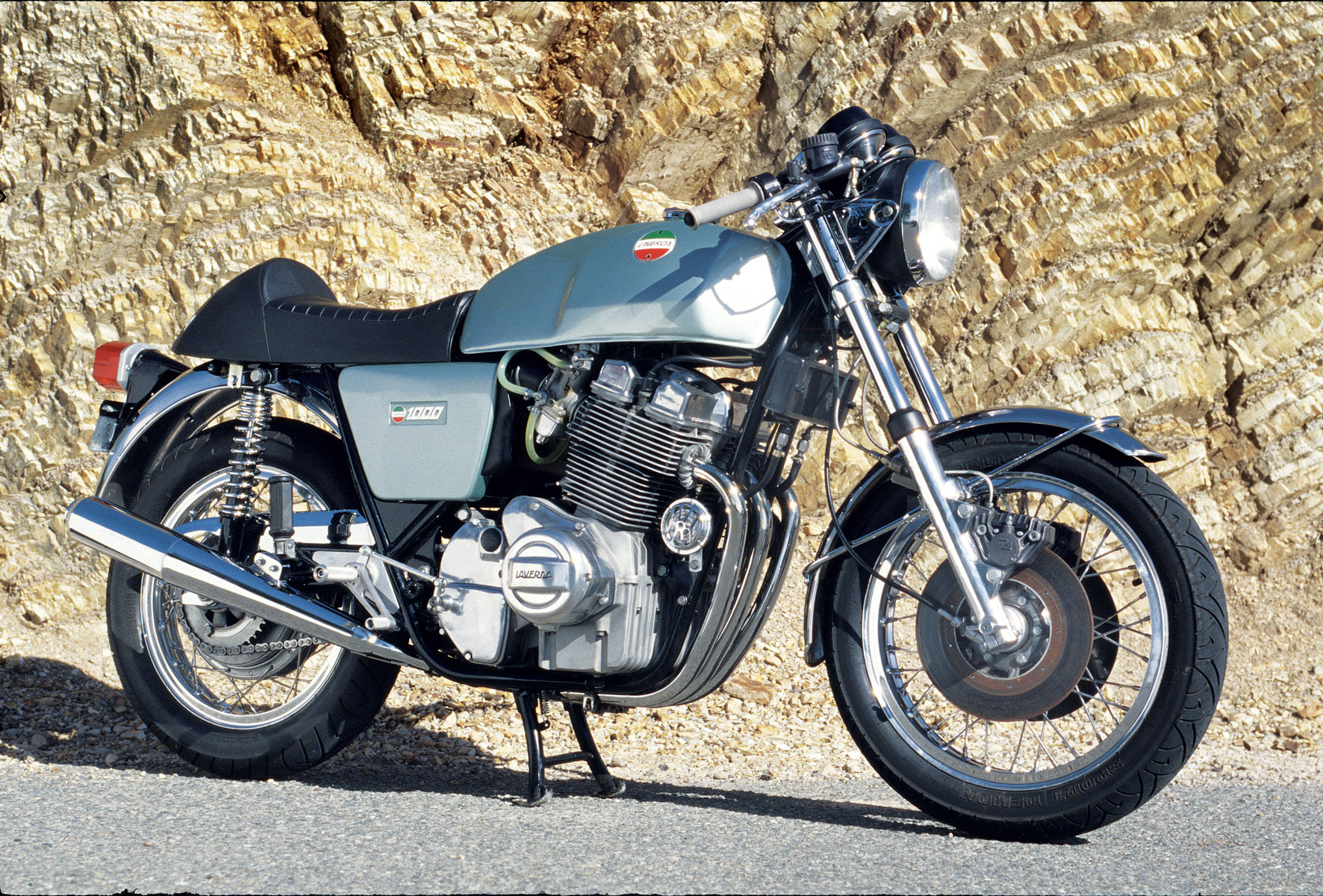
Only 1,900 lucky riders ever experienced the distinctive growl of a Laverda triple in their garage. The 981cc engine generated 80 horsepower with a sound that made other European triples sound positively ordinary. The Italian triple sprinted from 0-60 mph in 4.4 seconds and conquered the quarter-mile in 12.4 seconds. Period testing confirmed a maximum speed of 133 mph, making it one of the fastest European motorcycles of its era. You could feel every one of those 80 horsepower as the tach swept past 7,000 rpm. Think of it as Italian muscle with a PhD in engineering. While Japanese bikes focused on numbers, the 3C delivered an experience that statistics couldn’t capture – pure mechanical artistry in motion.
6. 1979 Yamaha XS11

When Yamaha decided to go big, they really went big. The 1,102cc inline-four produced 95 horsepower – enough to make you question your commitment to speed limits. Yamaha’s muscle bike dominated with 0-60 mph times of 3.4 seconds and quarter-mile runs of 11.78 seconds. The 136 mph top speed came with exceptional stability, while that 95 horsepower engine pulled strongly through every gear. Riders quickly discovered that the shaft drive meant less time adjusting chains and more time exploring backroads. The XS11 proved that a manufacturer known for small bikes could create a muscle bike that demanded respect from every quarter.
5. 1979 Honda CBX1000

Six cylinders of engineering excess – exactly what motorcycling needed in 1979. The 1,047cc engine incorporated 24 valves and produced 105 horsepower, numbers that had riders checking their glasses prescriptions. Six cylinders launched the CBX from 0-60 mph in 3.3 seconds and through the quarter-mile in 11.8 seconds. The verified top speed of 134 mph came with mechanical refinement that only Honda’s six could deliver, while 105 horsepower flowed seamlessly through all five gears. You haven’t lived until you’ve heard a CBX at full throttle – imagine a symphony orchestra composed entirely of high-performance engines. The CBX redefined what was possible in motorcycle design, proving that complexity and reliability weren’t mutually exclusive.
4. 1978 Honda CBX1000

Picture yourself explaining to your friends why you needed six cylinders – the original CBX1000 made that conversation worth having. The revolutionary 1,047cc powerplant produced 103 horsepower through a mechanical orchestra of 24 valves. The original CBX rocketed to 60 mph in 3.4 seconds and destroyed the quarter-mile in 11.9 seconds. With a documented 137 mph top speed, the 103 horsepower six-cylinder proved that complexity and performance could coexist. You haven’t truly experienced motorcycling until you’ve watched mechanics’ jaws drop at the sight of six perfectly synchronized carburetors. After 20 separate prototypes, Honda created more than a motorcycle – they built a legend that would influence engineering ambitions for decades.
3. 1973 Ducati 750 Super Sport

Want to know what Paul Smart felt like at Imola? The 750 Super Sport got you closer than anything else on the street. The 748cc L-twin with its desmodromic valve system and Dell’Orto carburetors produced 72 horsepower of pure racing heritage. Race-bred performance delivered 0-60 mph in 4.4 seconds and quarter-mile times of 12.8 seconds. The 130 mph top speed came with impeccable handling, while those 72 horsepower sang through the desmodromic valve train. Only 401 units ever left the factory, making each one a rolling piece of motorsport history. The 750 Super Sport didn’t just win races – it created a generation of Ducatisti who would never settle for ordinary motorcycles again. If you’re a big fan of motorcycles, then you might also like going through our list of 20 beautiful & intriguing motorcycles from around the world.
2. 1978 Kawasaki Z1R

If Batman rode a motorcycle in the ’70s, this would have been it. The 1,016cc engine developed 90 horsepower, but the real story was that futuristic fairing – the first Japanese manufacturer to make it a factory option. The aerodynamic pioneer achieved 0-60 mph in 3.4 seconds and quarter-mile times of 11.8 seconds. That sleek fairing helped push it to a verified 140 mph, making it one of the fastest production motorcycles of the 1970s.. The Z1R’s design innovation transformed the sport bike landscape, making aerodynamics as important as horsepower.
1. 1979 Kawasaki KZ1300

The bike that answered the question “What if we took everything we learned and turned it up to 11?” The six-cylinder flagship demolished 0-60 mph in 3.2 seconds and the quarter-mile in 11.4 seconds. Its maximum speed of 140 mph set new standards for production motorcycles, while the 120 horsepower output wouldn’t be matched for years to come.. With a 6.3-gallon fuel tank, you could cruise at triple digits until your courage ran out. The KZ1300 didn’t just raise the bar for performance motorcycles – it launched it into the stratosphere, establishing engineering principles that manufacturers still reference today.

